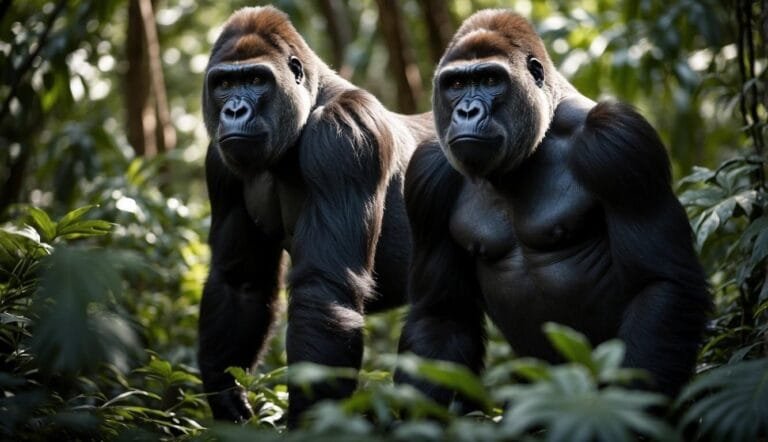Mary Magdalene: Unveiling the Myths of History’s Misunderstood Woman

Mary Magdalene's story is deeply rooted in first-century Judaism and the emergence of Christianity, reflecting cultural and religious shifts of the time.

Mary Magdalene's story is deeply rooted in first-century Judaism and the emergence of Christianity, reflecting cultural and religious shifts of the time.

Starseeds believe they originate from distant star systems, with missions to aid humanity's spiritual growth on Earth.

Hormonal birth control can affect mood and feelings, varying by individual. Understanding and managing these effects is crucial for well-being.

Harnessing plasma, an ionized gas, are vital in fields like energy for fusion technology development.

Housework burns a lot of calories and counts as exercise, equivalent to a moderate-intensity aerobic workout.

The article describes the anatomy, diversity, and ecological roles of squids in marine ecosystems.

Supplements enhance fitness regimes aimed at muscle gain and fat loss but should complement a balanced diet and exercise, not replace them.

Gorillas, our close relatives, vary in subspecies, habitats, behavior, diet, and face conservation challenges.

The largest birds include the flightless ostrich and emperor penguin, and the flying wandering albatross.

Conduction is the way heat transfers through materials and is a process fundamental to understanding how energy is distributed in the physical world.